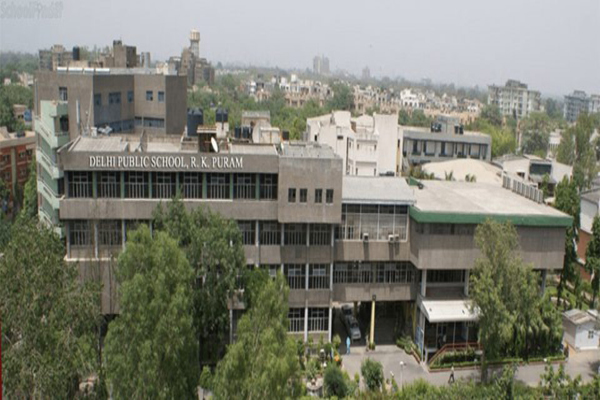 Dr Haresh Tank
Dr Haresh Tank
Director,
Station-e Language Lab
 Across the world, concerns of education resonate with same intensity. While the competition has grown manifold, the quality of education has come under question. Students memorise books full of data, but basic skills/subjects that village schools used to impart well such as Mathematics and Language Skills are worrying the educationists today. The education debate over the quality has led to the advent of a whole new jargon, but how much of that has made things clear to us is yet to be discovered. We may think that we have arrived at a logical destination, but in the second decade of the 21st century, we can longer take anything for granted, especially in the aspect of education. In fact, in the century known as Knowledge Century, we must most rigorously apply ourselves to seeking clarity regarding the foundational notions of skills development, education and the experience they create in combination.
Across the world, concerns of education resonate with same intensity. While the competition has grown manifold, the quality of education has come under question. Students memorise books full of data, but basic skills/subjects that village schools used to impart well such as Mathematics and Language Skills are worrying the educationists today. The education debate over the quality has led to the advent of a whole new jargon, but how much of that has made things clear to us is yet to be discovered. We may think that we have arrived at a logical destination, but in the second decade of the 21st century, we can longer take anything for granted, especially in the aspect of education. In fact, in the century known as Knowledge Century, we must most rigorously apply ourselves to seeking clarity regarding the foundational notions of skills development, education and the experience they create in combination.
When one considers the education scenario in India, the situation becomes even more complicated because there are as many layers to the quality of education, as one can imagine- government schools, private schools, rural schools, urban schools, etc. What the sample list reflects is the wide spectrum of educational experience. Amidst all of this, teaching/training of language skills, particularly English is yet another complex piece of the puzzle. While the urban schools encourage and almost convert students to English, majority of students in India study in government schools and they find it extremely challenging to graduate to English. What this means is that this lot of students then go to higher education institutions in their quest of employment and better life. However, they lag behind and find themselves inadequate to compete at the highest level due to lack of proficiency in English. It happens because they are too late in realising that the best time to learn and master language skills up to the level of proficiency was sometime in school.
Governments come and go, planning commission continues to churn policy papers, but the core of the issue of employability lies unaddressed that it is in schools that we have to initiate our best practices of training students as far as soft skills are concerned. Thanks to the efforts of some of the organisations and experts in the domain of education, there is a growing recognition of the fact that schools are the best possible place to train students for communication skills and other soft skills. Modern educationists have now come to believe that by merely working at the level of higher education is not sufficient because a learner’s learning habits are formed much earlier in school, particularly at the primary level. These insights are quite unsettling when one looks at the education policy and scenario in India as the thrust seems to be prominently on higher education, and primary and secondary education still await the kind of attention it needs.
To illustrate the point a little more clearly, it is unscientific to teach soft skills, such as communication skills at the undergraduate and post graduate levels because the language habits of a learner are best formed at the school level. Keeping this view, when one considers that we establish language labs and worry for their market-oriented skills only when the learner is at the UG/PG level, it seems that we are way too late in establishing our language labs and initiating our soft skills programmes.

“To address the issues of training of language skills and other soft skills, digital classroom at the school level is the most effective tool at our disposal”
To address the issues of training of language skills and other soft skills, digital classrooms at the school level are the most futuristic and effective tools at our disposal. First and foremost, it creates the 21st century space for the language learning for digital natives who have to grow up and claim their rightful place in the world. Secondly, as far as language teaching is concerned, a welcome change will be brought about as the outmoded methods of lecture and blackboard-chalk-duster are rested for a while, as language learning in digital classroom is entirely activity-based and learner-centric. Learners get to learn language skills and other soft skills through the method. Language learning, if it has to, acquire material shape, has to mould itself to this form. To put it simply, digital classroom would usher in the era of ICT empowered mode of language learning.
Thirdly, digital classroom would provide a competent platform for training of communication skills and other soft skills through activity-based learning practices-something that is still an elusive ideal in the teacher-centric, lecture heavy classrooms of the country. On the whole, a digital classroom, as elucidated above, will lay the foundation of some of the most fruitful learning and pedagogical practices for higher education in terms of skills training such as communication proficiency. For instance, if digital classroom is implemented at school level, higher education will never have to worry about training graduates for communication proficiency or any other employment-enhancing skills. It would equip learners at school level with such fine language skills that they would be confident beings, independent enough to explore the uncharted terrains of knowledge through soft skills.
They would also be confident and skilled enough to go anywhere in the country for higher education, appear in entrance exams and face interviews. Digital Classroom is one-stop solution to all that plagues higher education in terms of employability concerns in terms of soft skills training and raising the bar of education in general in the country.
Hence, it is to the credit of our concerted endeavours that we have researched over the years and worked out the school model of soft skills and particularly language proficiency. Our model incorporates establishment of digital classroom for the school initiating language skills from Std 6th leading up to Std. 12th. This should be a process spread up to Std 12th in the graded manner. Like the classes of sports, music and drawing, the school timetable must have classes for language proficiency from class 6th to class 12th. This digital classroom is equipped with highly advanced audio-visual aids and training modules on various soft skills with a thrust on language proficiency. With the best of the training modules for digital classroom, highly advanced technology employed to train the students in a digital environment of language learning and activity-based learning practices make the school model of digital classroom the ideal way of transforming education and create a digital connect in the education which has been conceptualised for years and has not materialised so far. Digital classroom would do what all our efforts of revolutionising education have not been able to do- it will liberate language training and soft skills training from the shackles of age-old learning and pedagogical practices and empower the learners for the 21st century experience of language learning and equip them with the 21st century skills.
For the youngest country in the world to soar to glory, we need to make sure the younger generation does not lag behind in terms of communication proficiency and other soft skills. Integrating language proficiency and other soft skills in the form of a digital classroom at the school level is not a choice that we have the opportunity to make but it is rather a compulsion, while the clock is ticking away.
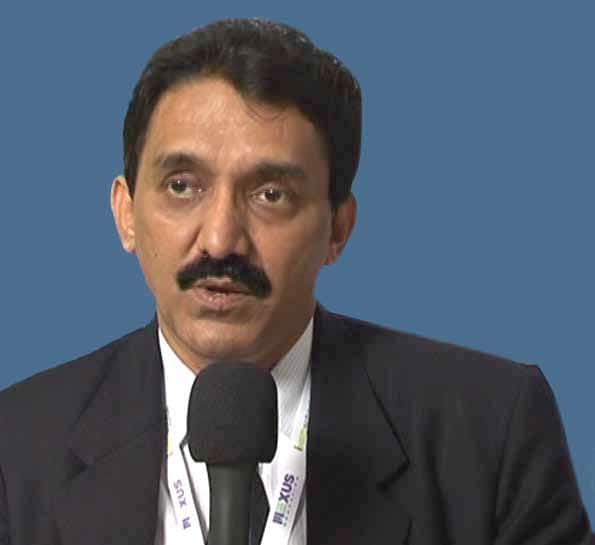 A distinguished educationist, who has made exemplary contribution in the field of education, Dr Sanjay B Choradia, CMD, Suryadutta Group of Institutions, has plans to use education as a tool for empowering the disadvantaged sections of the society. In this interview, Choradia shares his passion to create a knowledge society
A distinguished educationist, who has made exemplary contribution in the field of education, Dr Sanjay B Choradia, CMD, Suryadutta Group of Institutions, has plans to use education as a tool for empowering the disadvantaged sections of the society. In this interview, Choradia shares his passion to create a knowledge society

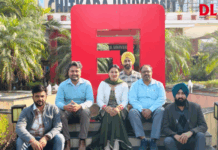




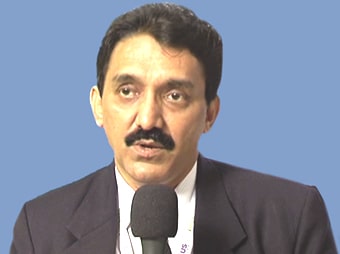
 By Veena Raizada, Director Academics, Next Education India Pvt Ltd
By Veena Raizada, Director Academics, Next Education India Pvt Ltd
 Dr Haresh Tank
Dr Haresh Tank Across the world, concerns of education resonate with same intensity. While the competition has grown manifold, the quality of education has come under question. Students memorise books full of data, but basic skills/subjects that village schools used to impart well such as Mathematics and Language Skills are worrying the educationists today. The education debate over the quality has led to the advent of a whole new jargon, but how much of that has made things clear to us is yet to be discovered. We may think that we have arrived at a logical destination, but in the second decade of the 21st century, we can longer take anything for granted, especially in the aspect of education. In fact, in the century known as Knowledge Century, we must most rigorously apply ourselves to seeking clarity regarding the foundational notions of skills development, education and the experience they create in combination.
Across the world, concerns of education resonate with same intensity. While the competition has grown manifold, the quality of education has come under question. Students memorise books full of data, but basic skills/subjects that village schools used to impart well such as Mathematics and Language Skills are worrying the educationists today. The education debate over the quality has led to the advent of a whole new jargon, but how much of that has made things clear to us is yet to be discovered. We may think that we have arrived at a logical destination, but in the second decade of the 21st century, we can longer take anything for granted, especially in the aspect of education. In fact, in the century known as Knowledge Century, we must most rigorously apply ourselves to seeking clarity regarding the foundational notions of skills development, education and the experience they create in combination.
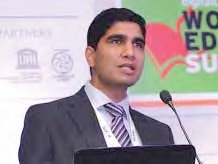 Sumeet Mehta
Sumeet Mehta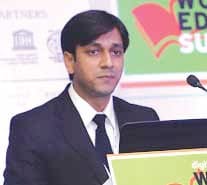 Gaurav Singh Chauhan
Gaurav Singh Chauhan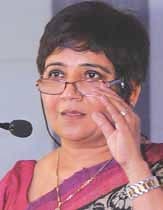 Seema Parihar
Seema Parihar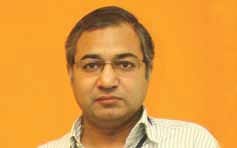 Vivek Agarwal
Vivek Agarwal Amit Gupta
Amit Gupta Subodh Kant Sahay
Subodh Kant Sahay Sudhir K Jain
Sudhir K Jain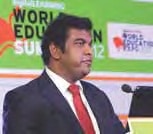 Dr RSK Lakhshmana Prabhu
Dr RSK Lakhshmana Prabhu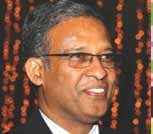 HE Prasad Kariyawasam
HE Prasad Kariyawasam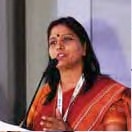 Dr Pankaj Mittal
Dr Pankaj Mittal









